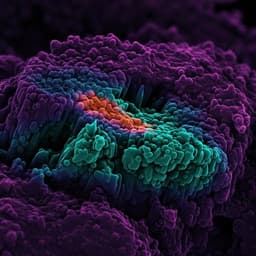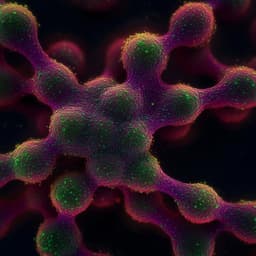
Physics
High-Performance Monodisperse Microcube Scintillators for X-ray Imaging
Wang
Discover how researchers Wang et al. developed high-performance Cu₄I₆(pr-ted)₂ microcube scintillators using a hot-injection method followed by thermal annealing. These innovative microcubes not only exhibit robust radioluminescence but also show promise for advanced radiation detection and imaging in small animal X-ray applications.
Playback language: English
Related Publications
Explore these studies to deepen your understanding of the subject.







